National parks and RVing seem to go hand in hand. RVers are drawn to these places thanks to their vast beauty and endless opportunities for exploration. But sometimes the dream of visiting a national park can seem out of reach due to large crowds, high prices and limited reservations. If you’ve ever experienced any of these concerns then we have a solution for you!
Visiting a national park during the shoulder or off season means better views, less crowds, more active wildlife, and discounted lodging and activities. The shoulder season can vary from park to park but is typically defined as late April through May, and September through early October. The off season is usually the winter months, running from November through March. And while there are many benefits to visiting during these times, there are also some things to be aware of, including road closures, reduced operations and inclement weather.
Here is a list of reasons why we love visiting national parks during the shoulder season, as well as some things to look out for if you choose to plan your RV trip during this time.
THE BENEFITS OF VISITING A NATIONAL PARK DURING THE SHOULDER SEASON…
-
LESS CROWDS
The summer months are prime for national park visitors—the weather is warm, kids are out of school and families are taking their vacations. Places like Yellowstone National Park can get over a million visitors per month in the peak of summer. However, during the fall and spring shoulder seasons, this same park will receive about a quarter of those visitors. And the winter is even lower, with some of the more popular parks only getting about 40,000 visitors or less. Visiting a national park in the off and shoulder seasons means less people. And less people means more available reservations, tourist-free photographs, better parking, and the joy of having many park attractions completely to yourself.
-
MORE AFFORDABLE RV SPOTS
With less people visiting during the shoulder and off seasons, there are more RV sites available. And lower demand for these campsites means lower prices. For anyone looking to visit a national park during the summer, reserved campsites are usually booked anywhere from six months to a year in advance, and first-come-first-serve sites are often taken before the sun comes up. During the shoulder season, same-day reservations at some of the best campgrounds are relatively easy to get, and these spots will cost you less than half of what they typically go for during the peak summer months.
-
BETTER VIEWS
RVing through national parks in the spring and fall can feel like you’re visiting an entirely new place. Cooler temperatures bring out different personalities—fall foliage, snow-capped mountains and freshly budding flowers. Plus, milder temperatures can make hiking and exploring more enjoyable. Certain wildlife is also extremely active during these times. Bears are awake for 18 hours a day during the fall months as they fatten up in preparation for winter. Elk can also be easily spotted during the fall as they prepare to mate. September and October in Olympic National Park is peak salmon spawning season. And in the spring, you can watch fireflies sync to each other at both Congaree National Park and Great Smoky Mountains National Park.
-
EXPERIENCING LOCAL FLAVOR
During the shoulder and off seasons, life slows down in the national park gateway towns. These towns lie just outside of the parks (think Bar Harbor in Maine, Jackson Hole in Wyoming and Moab in Utah) and rely heavily on tourist revenue. And while they may be bustling with people and activities during the summer months, these gateway towns have a lot to offer during the spring and fall months as well. Many local festivals, food and wine events, farmers markets, and musical concerts happen during the shoulder season, and they don’t have nearly as big of crowds. Visiting a national park, and its corresponding gateway town, during the shoulder season is a great way to experience local culture, enjoy yourself, and support small communities and local businesses.
THINGS TO BE AWARE OF IF YOU VISIT A NATIONAL PARK DURING THE SHOULDER SEASON…
-
ROAD CLOSURES
Many of the most stunning national park roads and highways are also located at some of the highest elevations. This means that they are usually closed for many months during the colder parts of the year. Many popular drives, including Going-to-the-Sun Road in Glacier National Park, Trail Ridge Road in Rocky Mountain National Park and Tioga Road in Yosemite, are only open from June to early September. If you’re planning to visit any national park during the shoulder season, you’ll want to plan your routes accordingly. Be flexible and have a few back-up options in case a sudden storm hits and the roads have to close early. Keep in mind that some mountain pass roads impose length limits, so you may need to book an RV site just outside of the park. Be sure to regularly check the National Park Service website for updates.
-
CONSTRUCTION
Most national parks will save roadwork and construction for the off season when crowds are lower. So, on top of seasonal road closures, you’ll also want to be aware of any construction closures. Construction can make moving through the park much slower than anticipated. However, the parks will often use checkpoints and pilot cars to help keep traffic flowing. Try to stay flexible and reference the National Park Service website for any construction notifications.
-
REDUCED OPERATIONS
Even in national parks that are open year-round, there still might be reduced operations during the shoulder and off seasons. It’s not uncommon for some of the more remote visitor centers and campgrounds at higher elevations to close during the late fall and winter. Shuttles and buses in the park may also cut back their hours of operation or even stop running completely. If the buses aren’t running at all when you visit, make sure the roads and parking areas can accommodate your RV’s length and height.
-
LESS TOURIST ATTRACTIONS
Many tourist attractions and activities, including walking tours, zip-lines, waterparks, and horseback rides, will close immediately following the peak summer season. Colder temperatures and snow may also prevent things like fishing and boating. However, if quiet hikes and uninhibited views are your main priorities, then reduced tourist attractions won’t be an issue. During shoulder and off seasons, many hiking trails and vista points are still open, and some even offer fun winter activities, like snowshoeing and cross-country skiing. Be aware that some local grocery stores and restaurants may close during the off season, so try to stock your RV ahead of time.
-
INCLEMENT WEATHER
While unpredictable weather can happen any time of year, it's much more likely to happen in the shoulder and off seasons. In the fall, many high mountain parks can experience 80 degree temperatures one day and snow the next. When packing for your national park trip, be sure to bring things for a multitude of different situations and weather. Exploring the parks in cooler, less predictable weather will be much more enjoyable with a good set of lightweight, warm clothes that you can layer as needed. A few other items we highly recommend are extra propane, a heated water hose, some extra blankets, and extra water. If you’re planning on doing a lot of RVing in cold temperatures, then we also recommend looking into an all-weather or Arctic package for your RV.
RVing through national parks in the off and shoulder seasons takes a bit more planning and preparation but the payoff is huge. Experiencing the parks during these months allows you to see the gems of our nation in a much more relaxed, crowd-free way.
-

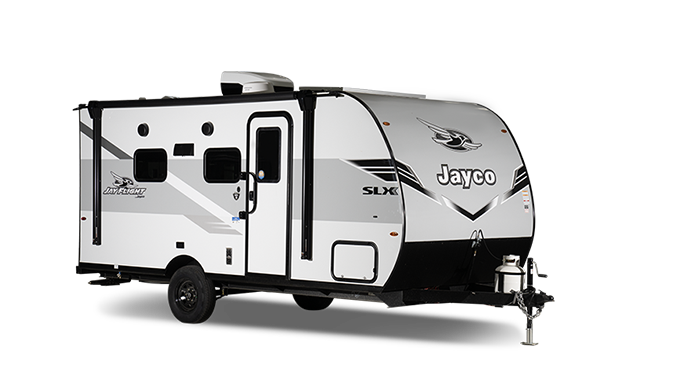
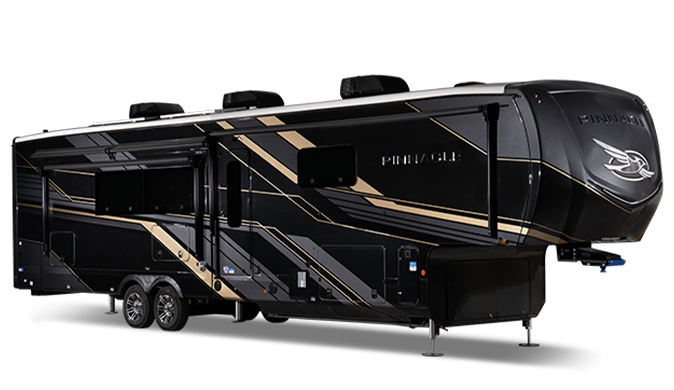
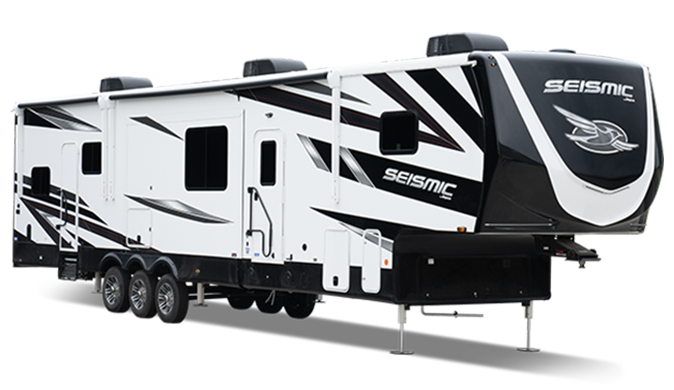
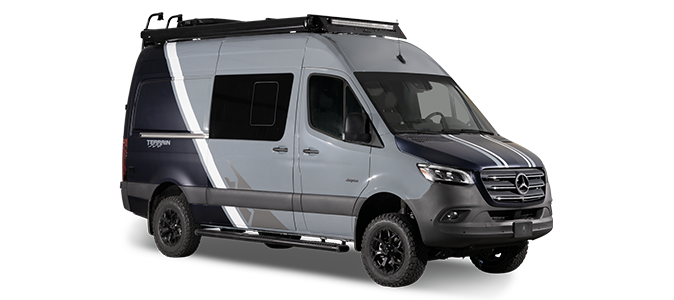
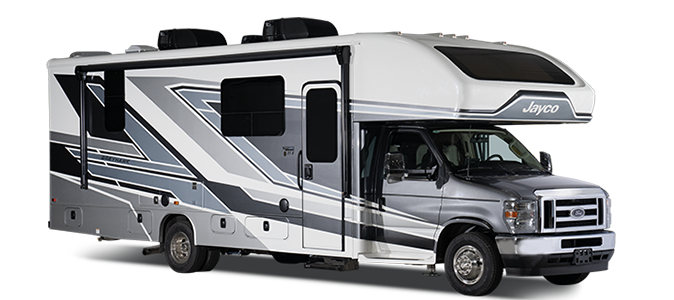
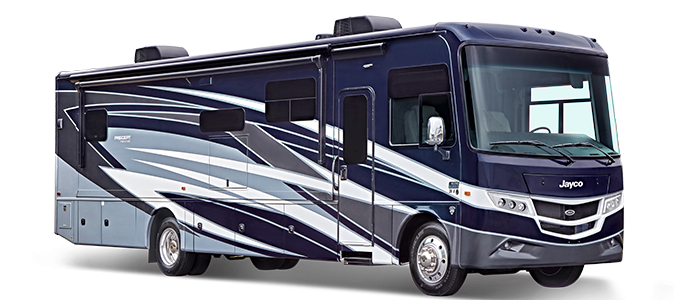
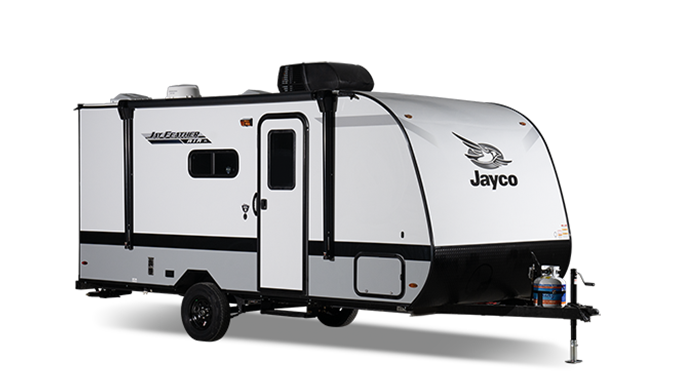


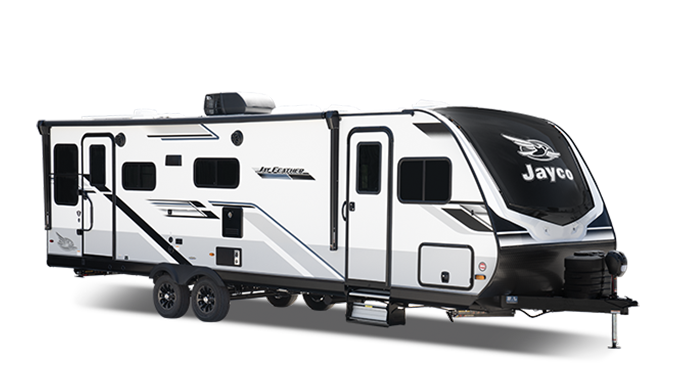
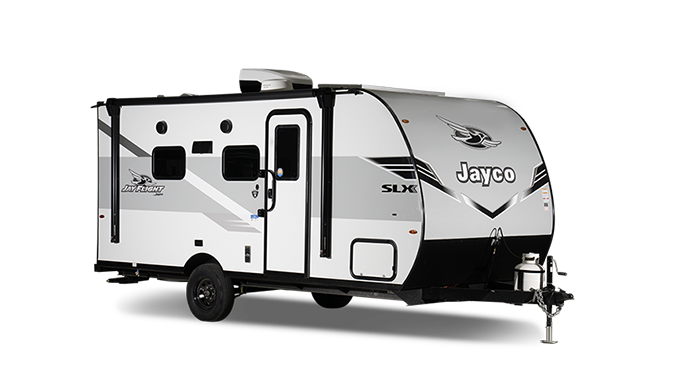
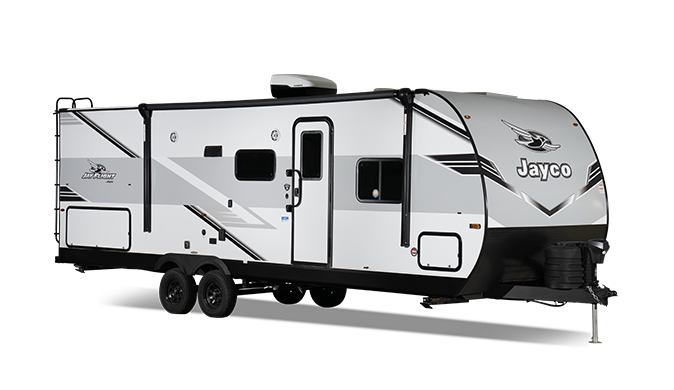
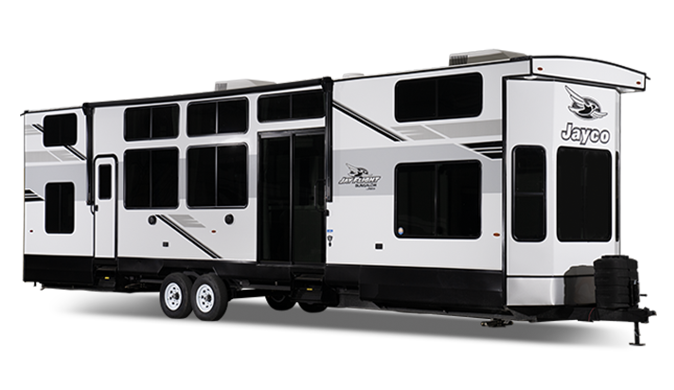
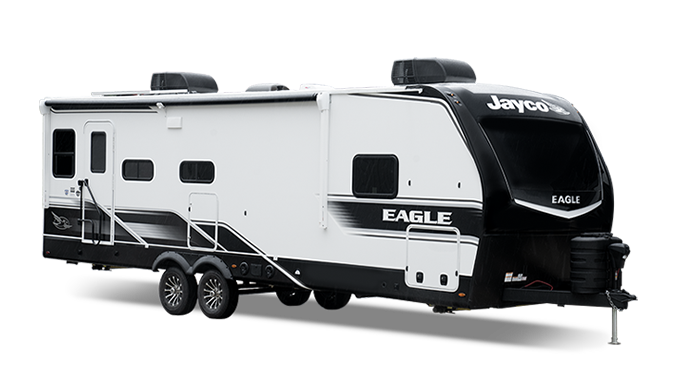
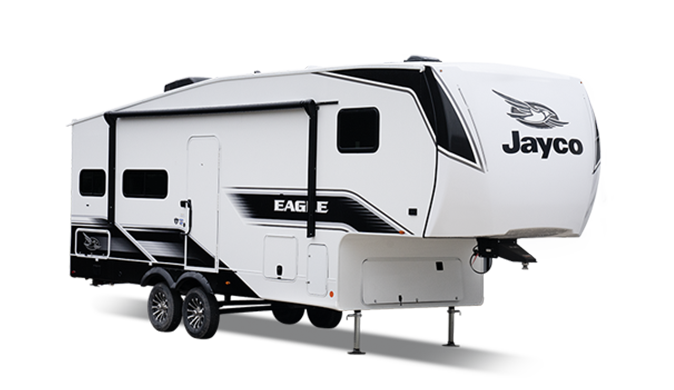
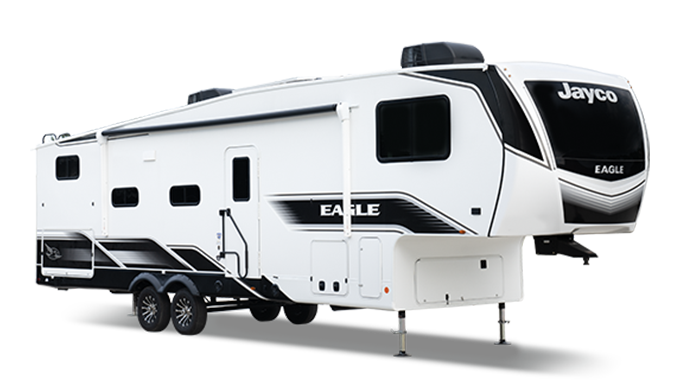
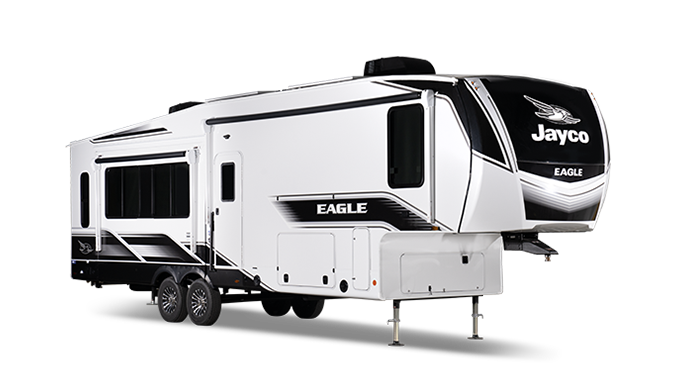
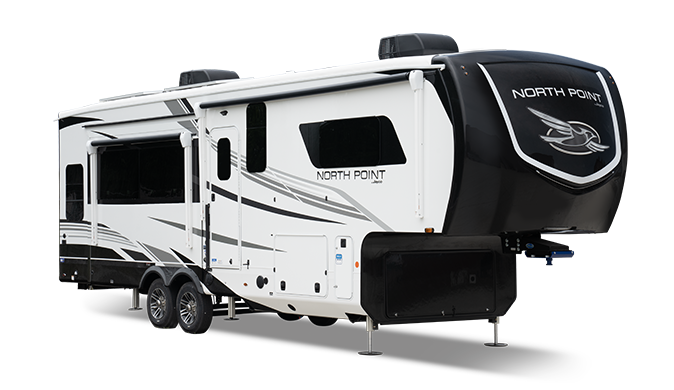

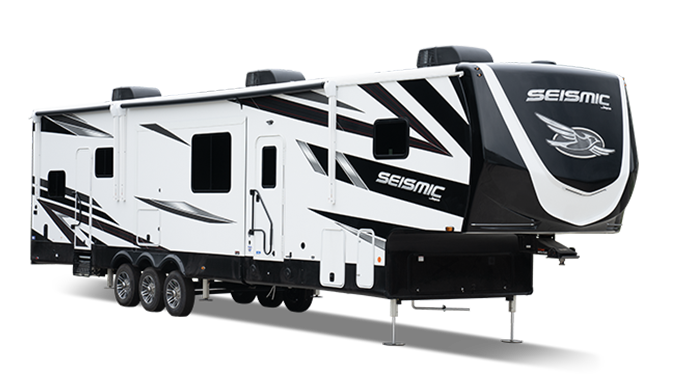
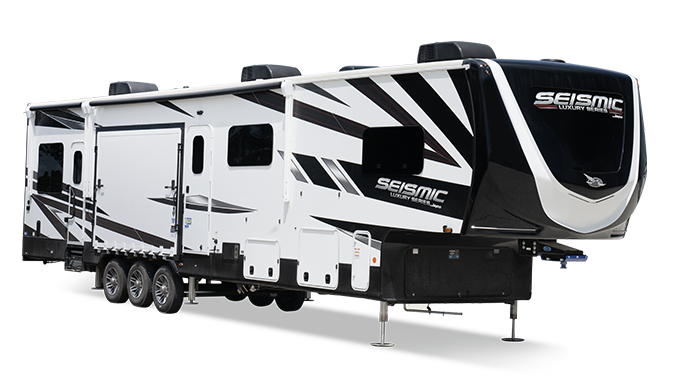
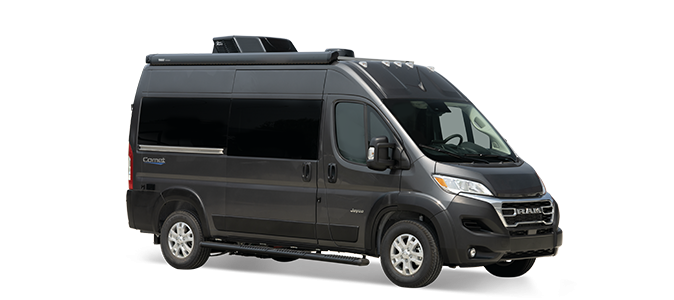
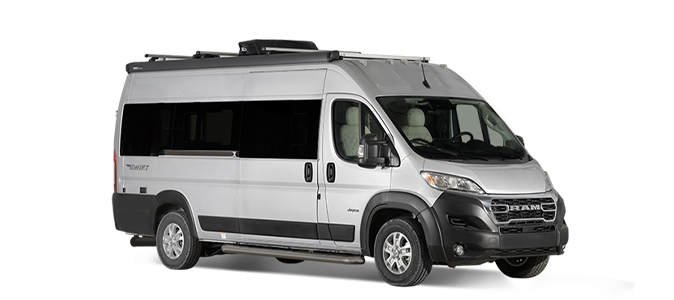
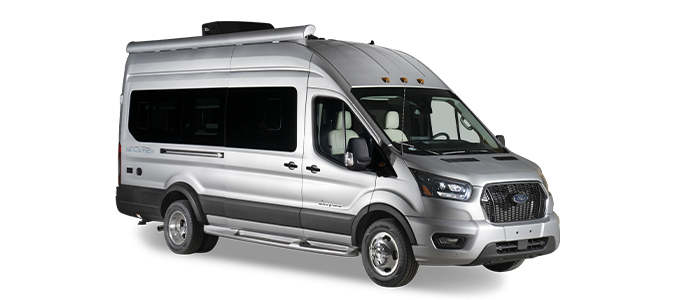
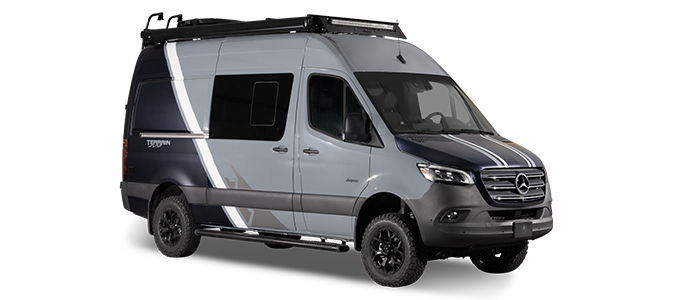
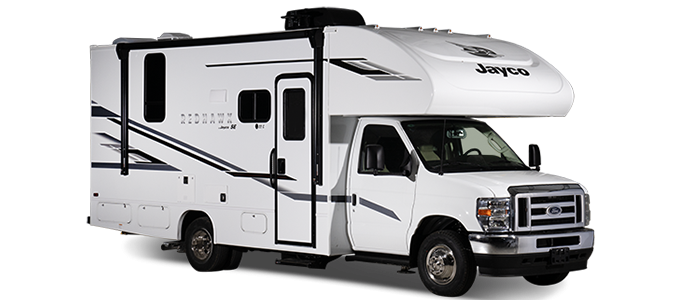

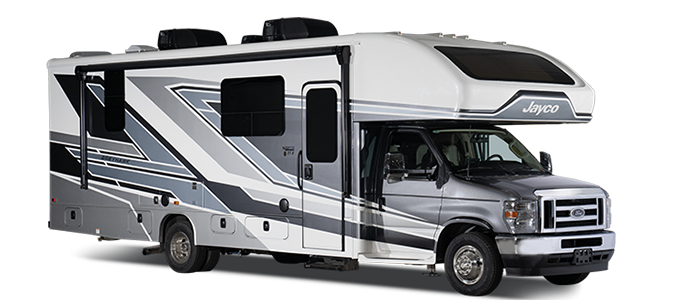

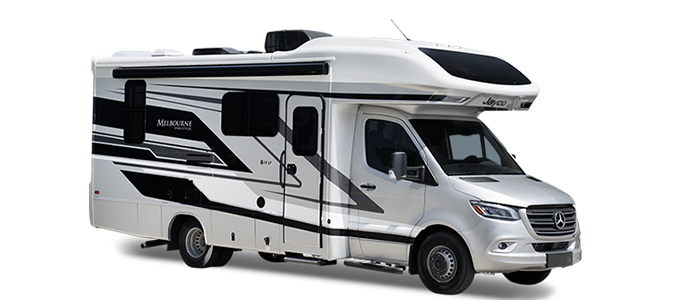

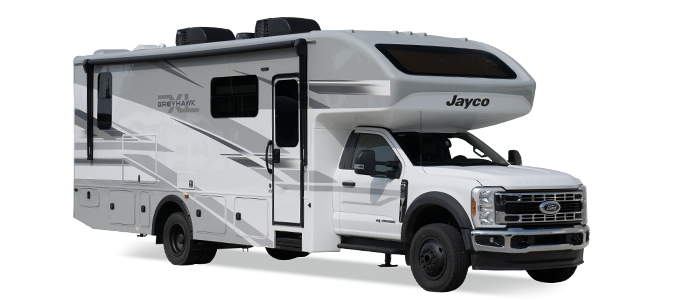
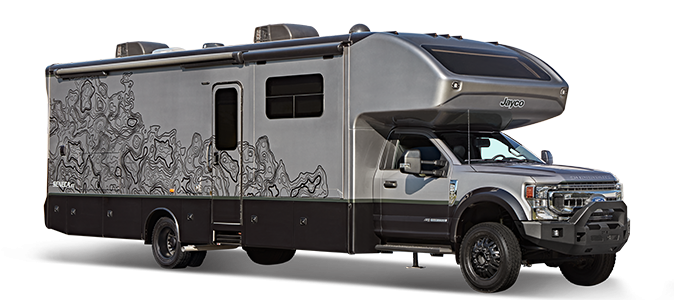
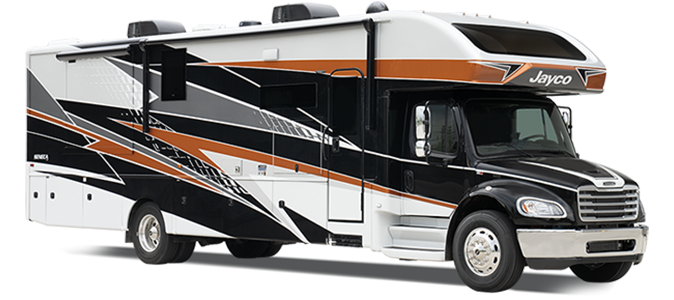
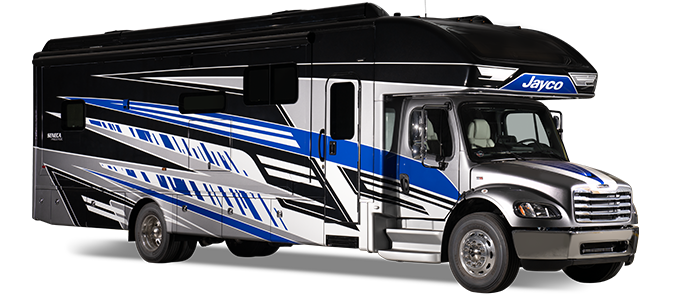
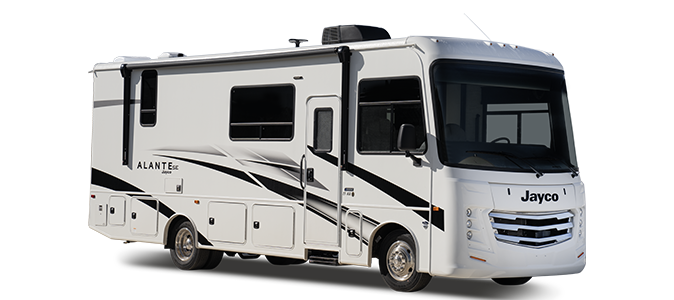
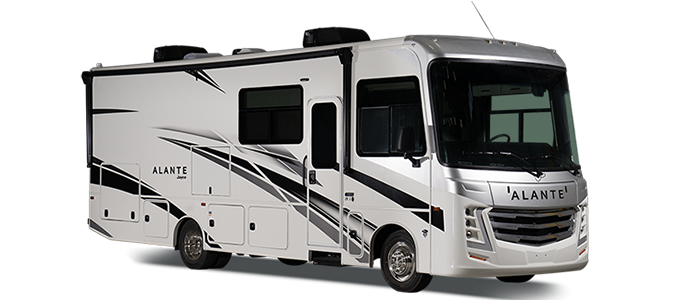

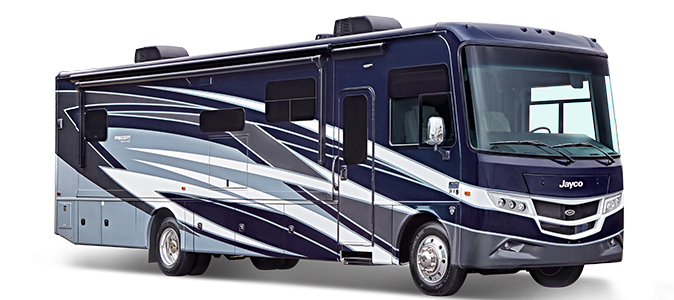


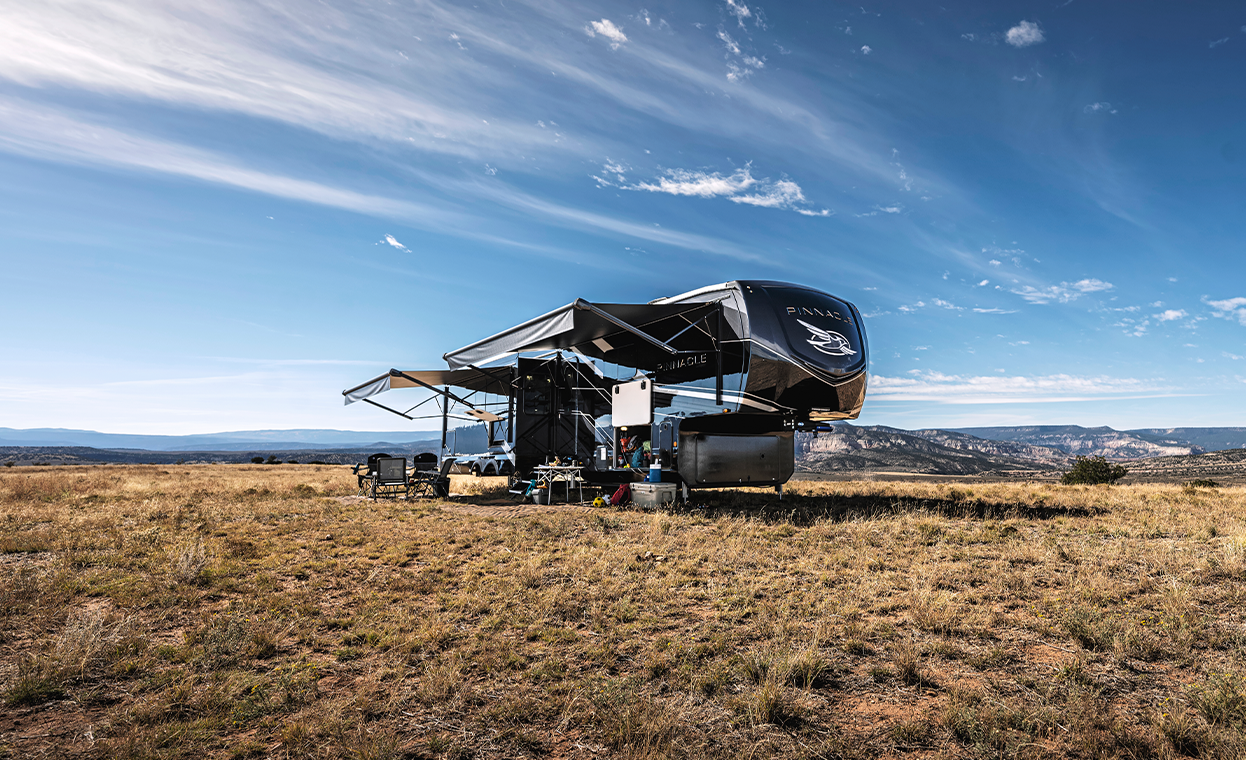
.png)
